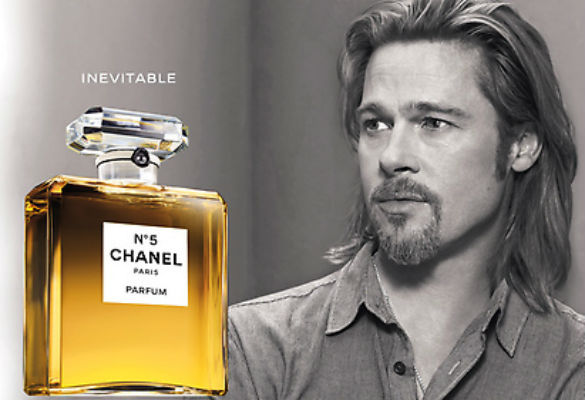Celebrities in Advertising: Neuroscience Insights
This is one of our free-to-access content pieces. To gain access to all Ideas for Leaders content please Log In Here or if you are not already a Subscriber then Subscribe Here.

Companies pay celebrities large sums of money to endorse their products and ‘star’ in their advertising campaigns. Until recently, however, little was known about the processes that underlie the persuasiveness of fame. Now, research in neuroeconomics (a field that crosses the disciplines of psychology, economics, marketing and neuroscience) is providing insights into the neural effects of celebrity endorsement — and suggesting ways advertisers can best use celebrities to influence consumers and their decisions.
Over the past 25 years, use of celebrity endorsement by big-budget advertisers has grown significantly. Despite this, it’s unclear why famous faces should be more effective in advertising than (equally attractive) non-famous ones.
Studies in 2005 and 2008 suggested that the pairing of a positively valenced stimulus (a celebrity) with an initially neutral stimulus (a product) may result in a transfer of positive ‘affect’ or emotion from celebrity to product.
In 2010, Rotterdam School of Management set out to examine this ‘conditioning process’ further by explaining why seeing a celebrity resulted in the experience of positive affect. The study was based on three hypotheses about perceptions of celebrities in ads:
Researchers tested these hypotheses by showing people photos of equally attractive famous and non-famous people together with photos of products, and comparing their reactions — by both neurobiological and behavioural methods.
Twenty six young women took part in the study. They were shown pictures of female celebrities and non-famous females and shoes — but no explicit persuasive messages — and were told that half of the 240 shoes shown were identical to those owned by the famous and non-famous women. In an orientation task, designed to focus their attention and to promote links between the two stimuli, participants were asked to indicate whether they thought the shoes on the screen belonged to the person opposite it or not.
Responses were measured by a functional magnetic resonance imaging (fMRI) scanner.
After scanning, subjects did a recognition memory test and a purchase intention test, and were asked to rate all faces they’d seen for physical attractiveness and familiarity.
The behavioural results demonstrated better memory for shoes presented with a famous face, confirming the findings of earlier studies on celebrity endorsement and product recall. They also suggested that a famous face can influence attitudes to products. Although (contrary to expectations) scores on purchase intention were not significantly different for shoes presented with a famous face, fame did affect ratings if products were categorized based on the responses in the orientation task. Shoes that were not perceived as being owned by an attractive female received a higher score for purchase intention after initial presentation in a famous context. This suggests that celebrity endorsement is particularly persuasive when the product is part of someone’s ‘consideration set’ – i.e. not something associated specifically with near-perfect models but something ‘ordinary’ people own.
The fMRI results strongly supported the idea that the neural mechanism underlying celebrity endorsement is a transfer of positive affect from celebrity to product and that this transfer results from the retrieval of explicit memories.
No evidence, on the other hand, was found to support the theory that implicit memories and enhanced attention are required for celebrity advertisements to be effective.
The research has important implications for companies and their advertising agencies. It suggests that:

Ideas for Leaders is a free-to-access site. If you enjoy our content and find it valuable, please consider subscribing to our Developing Leaders Quarterly publication, this presents academic, business and consultant perspectives on leadership issues in a beautifully produced, small volume delivered to your desk four times a year.

For the less than the price of a coffee a week you can read over 650 summaries of research that cost universities over $1 billion to produce.
Use our Ideas to:
Speak to us on how else you can leverage this content to benefit your organization. info@ideasforleaders.com